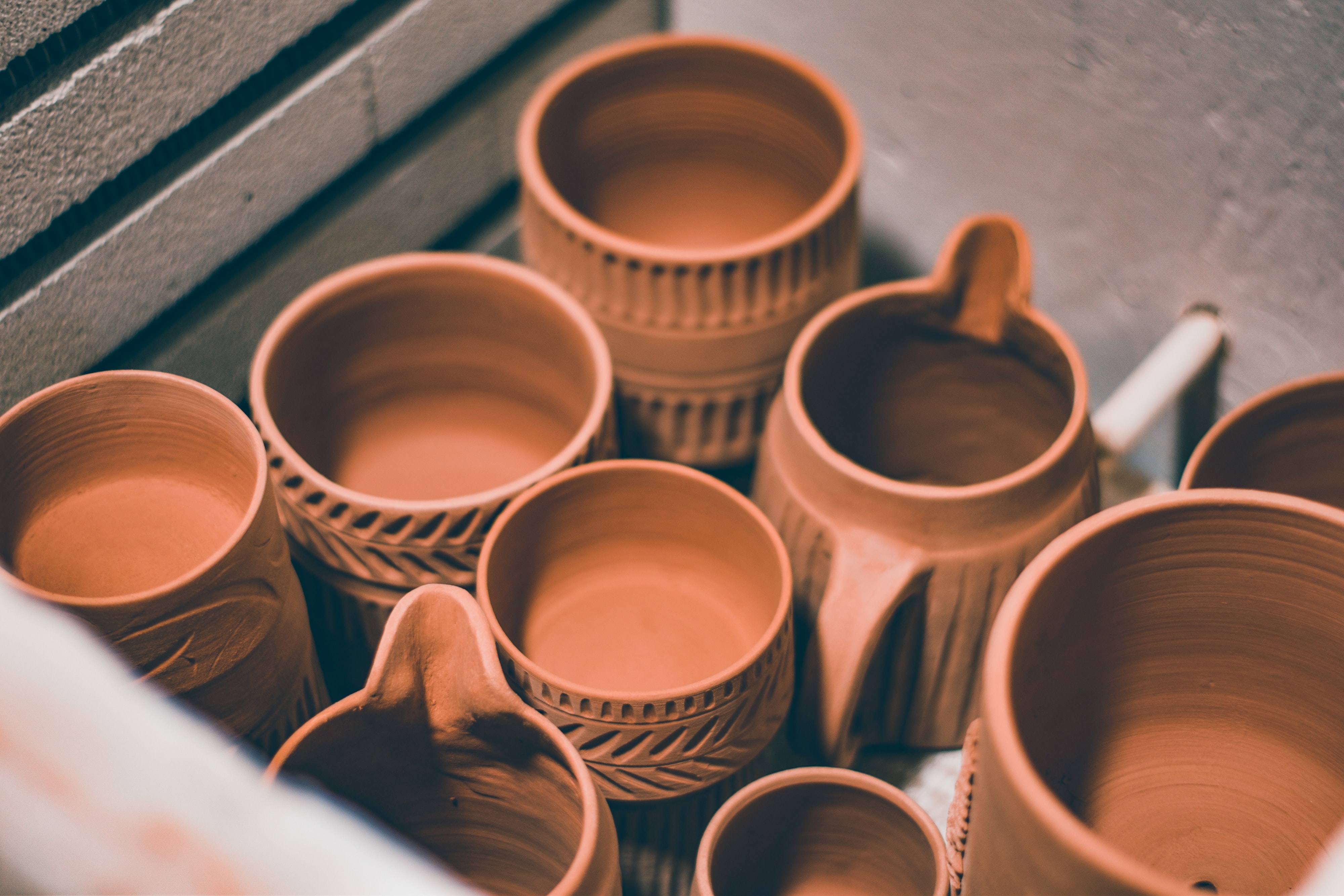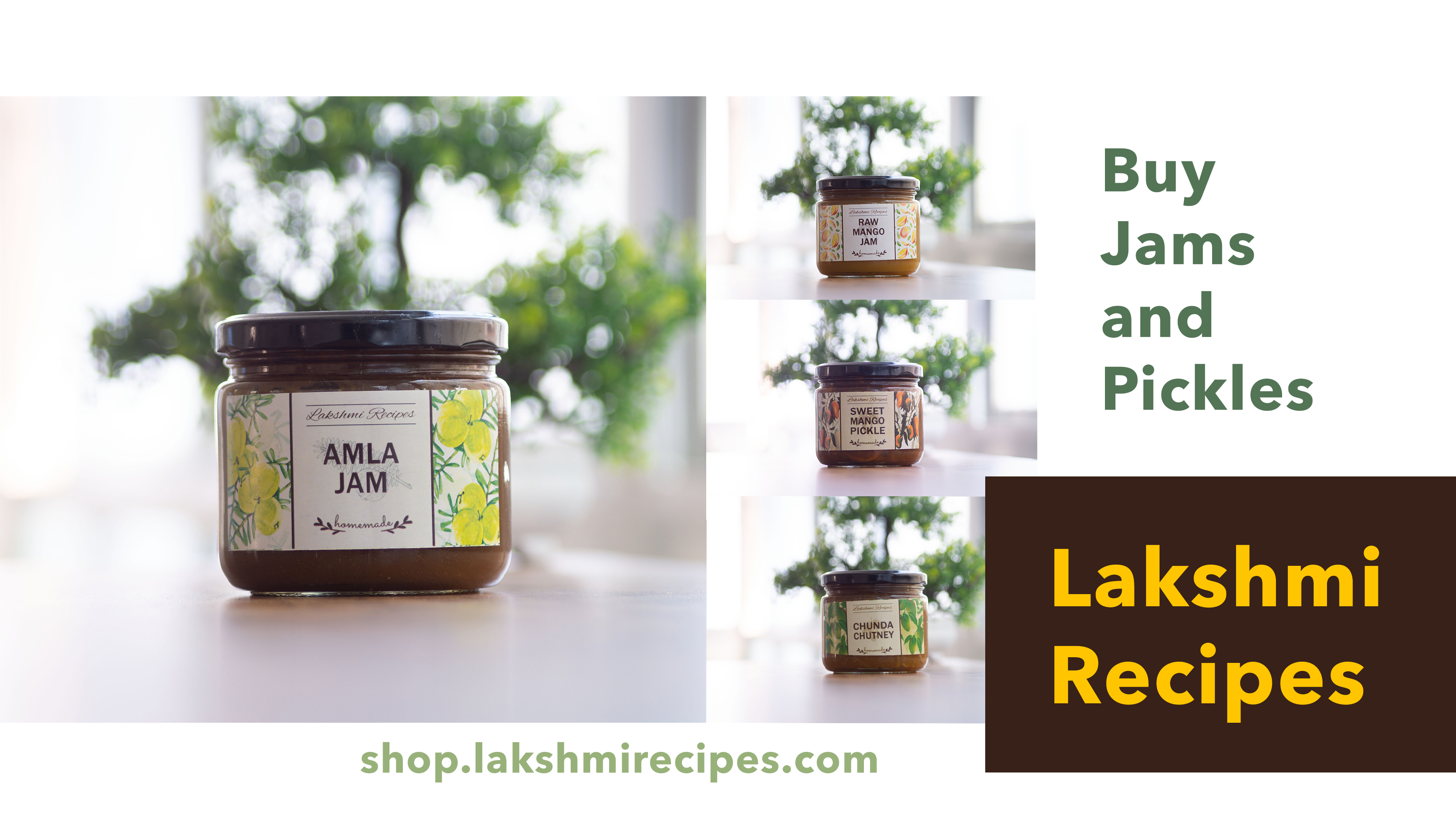
Back in the days, when I was a small kid, my grandparents sometimes used clay pots for cooking. Reaching to their places would take some time and my stomach would always rumble and grumble like a lorry hurrying through the roads, by the time I reached their home. What fueled my hungry soul would be the pleasant aroma of the cuisines making its way right towards me and driving me crazy till the food was served.
Well, this super exciting smell was not just the result of the delicious dishes that were made but also because of the clay pots that were used for cooking!
It turns out that clay pots in which the food was prepared not only kept the cuisines fresh and hot but also gave a heavenly taste that was more of an icing on the cake. Ofcourse, I didn’t know this at the time and neither was I interested because of the hungry lion that was inside me, impatiently waiting for its meal.
But to be honest, now when I recall those days, I feel intrigued because although that method of cooking has lost its everyday place in our lives but not its aura and spell on the cuisines that’s cooked in them!
A Chunk of History
It’s rightly said that it’s not only about how we cook but also "in what we cook with". This cooking process in which food is made in glazed or unglazed pottery has been in use since time immemorial in our country as well as nations across the globe.
In ancient times, people tended to use handwoven baskets to get water from the river but in the course of doing so, some clay materials would get stuck on the utensil which would actually take some hard shapes once they dried. That’s when these people realised that the clay particles could have some use for them and eventually clay pots came into being although, the early pots were not glazed.
The Egyptians used to make kilns in order to place the clay pots for firing. Later on, with several experiments, they started coating the clay pots with a bluish-green substance so as to remove the porous texture of the pots.
The early Greeks gave much emphasis to decoration and form, and everyday life tasks were replicated on the pots. By the middle of the 13th century, stoneware found their existence as German potters began making finer clays that were tan or grey in color and non-porous in texture.
Gradually, the techniques developed and finest clay pots were made and they took the present form as we know it today!
Types Of Clay Pots Used For Cooking!
Clay Pot Cooking is essentially done in three types of cookwares, although there are other varieties too. Nonetheless, the basic clay wares are Stoneware, Earthenware and Flameware.
Stonewares are most commonly used among clay pots. They have a non-porous and hard texture since, their firing temperature is at least 2000 degF. This makes Stonewares ideal for containing liquids, without the chances of leakage. The clay used in this type is generally used in producing dinnerware and cookware.
Earthenware pots are entirely different from stonewares as they are not subjected to high temperatures and thus, have a porous texture. These pots are made from impure clays and need to be thickly glazed to be used as a container to keep liquids.
The third type which is known as Flameware is a recently developed sub-class of clay pots. They are a combination of silica, clays and lithium which is high-fired. These ceramic pots are able to withstand sudden changes in temperature without giving way to any cracks.
All these types have a distinct use and advantages and can be used as per sheer convenience!
Ways To Keep Clay Pots Clean!
With frequent use, the clay pots are bound to lose their magnificence but certain ways are there by which we can longer the shelf life of these wonder cooking wares.
It is advised not to wash a clay pot with soap or detergent but rather with warm water, accompanied by baking soda and brush as pots have a porous texture. For obstinate stains, unsoaped stainless steel pads should be used. If not, one can leave the pot soaked overnight with water along with a certain amount of baking soda. This will help remove the whiff after cooking pungent food items.
It is said that dishwashing should be avoided for clay pots and one should go for handwashing. The pots should not be exposed to extreme temperatures as it will damage the clay cookware. Also, if they become clogged, they should be kept in boiling water for 30 minutes and then cleaned.
Once you try and follow all these techniques, your clay pots are gonna be there with you for quite a long time!
Health Benefits of Clapot Cooking
One among many fascinating aspects of Clay pot cooking is that they not only add a certain taste value to the cuisines but also carry health benefits that’s surely gonna help us achieve those health goals which we usually fail to attain.
No wonder why our ancestors used this method for years to cater to their culinary needs!
- Well, one and the foremost benefits of this method is that they cut down the excessive use of oil by retaining them, so that one does not end up using more fat to make the food tastier.
- These pots circulate the steam through cooking, which means the food will have the required moisture in it that is otherwise lost. Since, this method takes comparatively more time in cooking, the nutritive value of the food is also intact as compared to other methods.
- Also, since clay is alkaline in nature, it reacts well with the food’s acidity, thereby, neutralizing the pH balance of the dish. This leads to healthier food that’s rich in taste too.
- These flavorsome clay pots actually add that extra pinch in the cuisine that heightens the taste and enhances the palate experience immensely.
So, the next time you wish to cook something special for someone special, try and make them in these outlandish clay cookwares!
Clay pots have been with mankind since ancient times, and that marks its difference from other techniques of cooking. No matter how fast-forward we go with the new ways and culinary developments, this mode will always carry the heart and soul of cooking.
Indeed, I’m gratified thinking that the clay pots that we’re using today have been serving the same old purpose that it served to our fathers and forefathers. Indubitably, it's a blessing to relive the past traditions which only few are able to relish!

































SHARE YOUR FEEDBACK